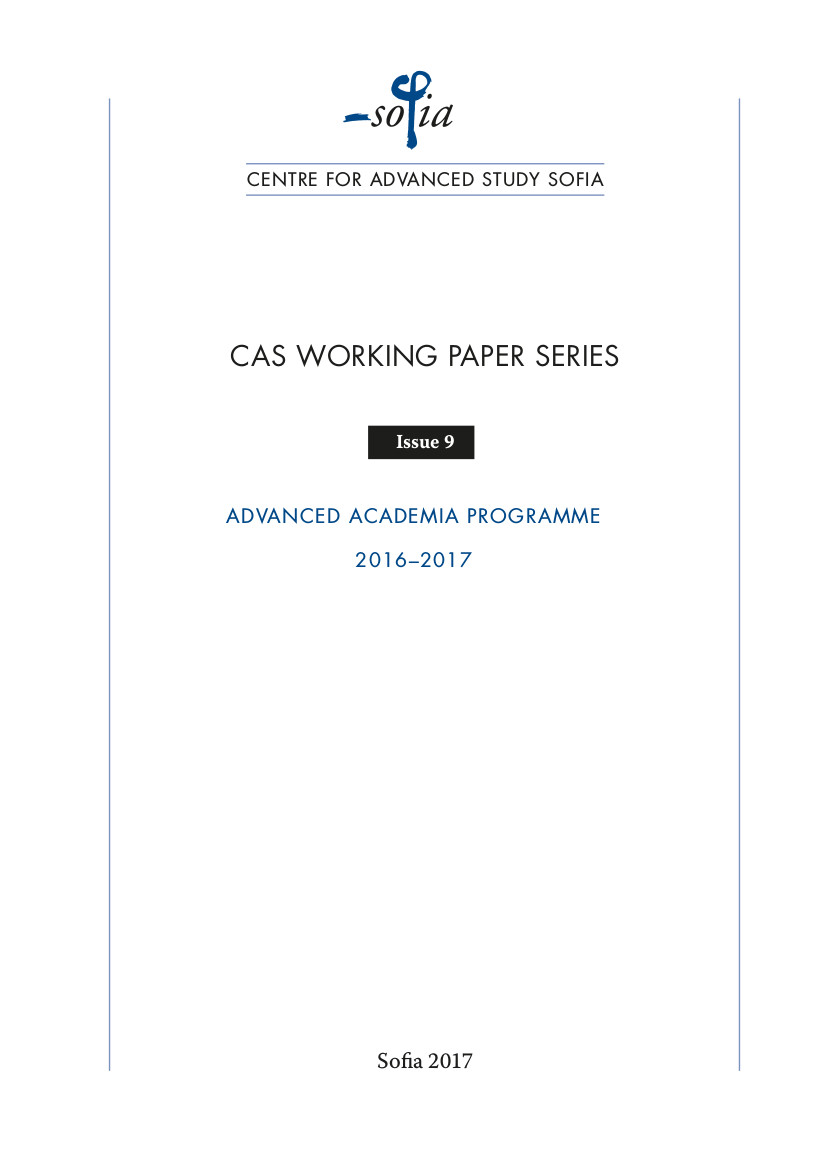Unity in Plurality: The Case of Emotional Ambivalence
Unity in Plurality: The Case of Emotional Ambivalence
Author(s): Hili RazinskySubject(s): Philosophy
Published by: Centre for Advanced Study Sofia (CAS)
Keywords: ambivalence; emotion; integration; personhood; practical conflicts
Summary/Abstract: According to the complex view of emotion, an emotion is a complex of mental and behavioural elements from several categories (Goldie, 2002). Koch (1987) argues that ambivalence is possible and that it consists in two such complexes, such that the items under one of the categories are opposed. I argue that the complexity involved must be increased, and must pertain both to the emotions and to the ambivalence. This paper – the manuscript version of Razinsky 2016, Ch. 3 – defends a Davidsonian account of the mind as the unity in plurality of the person’s engagements, according to which the actual and potential interlinkages between the engagements form the plurality and constitute the unity. In contrast with Davidson, the opposition between the poles of ambivalence is shown to be an important mode of a basically rational connection between the person’s attitudes. Not only is ambivalence unitary and basically rational, but it can be integrated and integrative. In many cases it is more aptly described as a unitary attitude than as two opposing attitudes, for example instead of two emotional complexes, emotional ambivalence may consist in a single tension-fraught emotion.
Journal: CAS Sofia Working Paper Series
- Issue Year: 2017
- Issue No: 9
- Page Range: 1-20
- Page Count: 20
- Language: English

